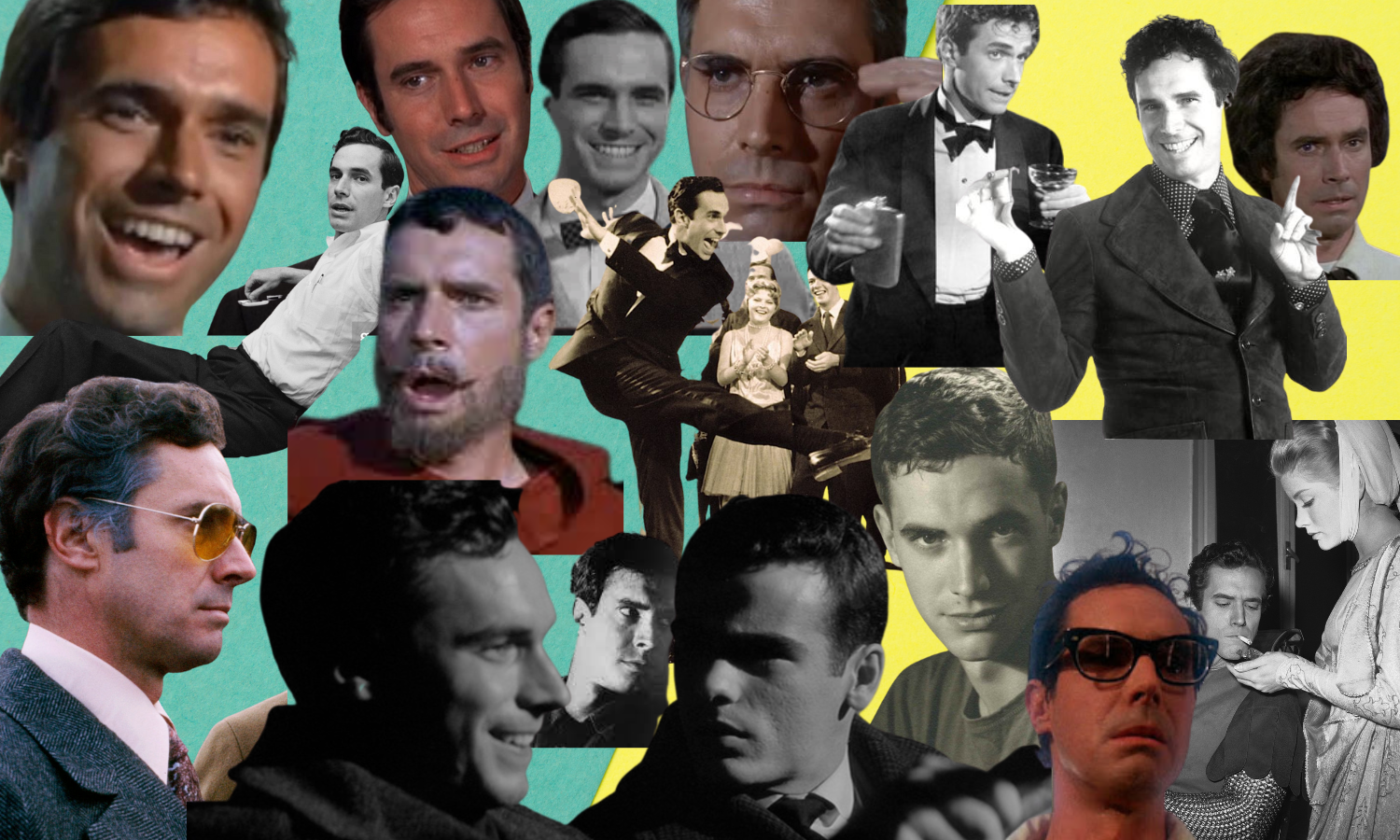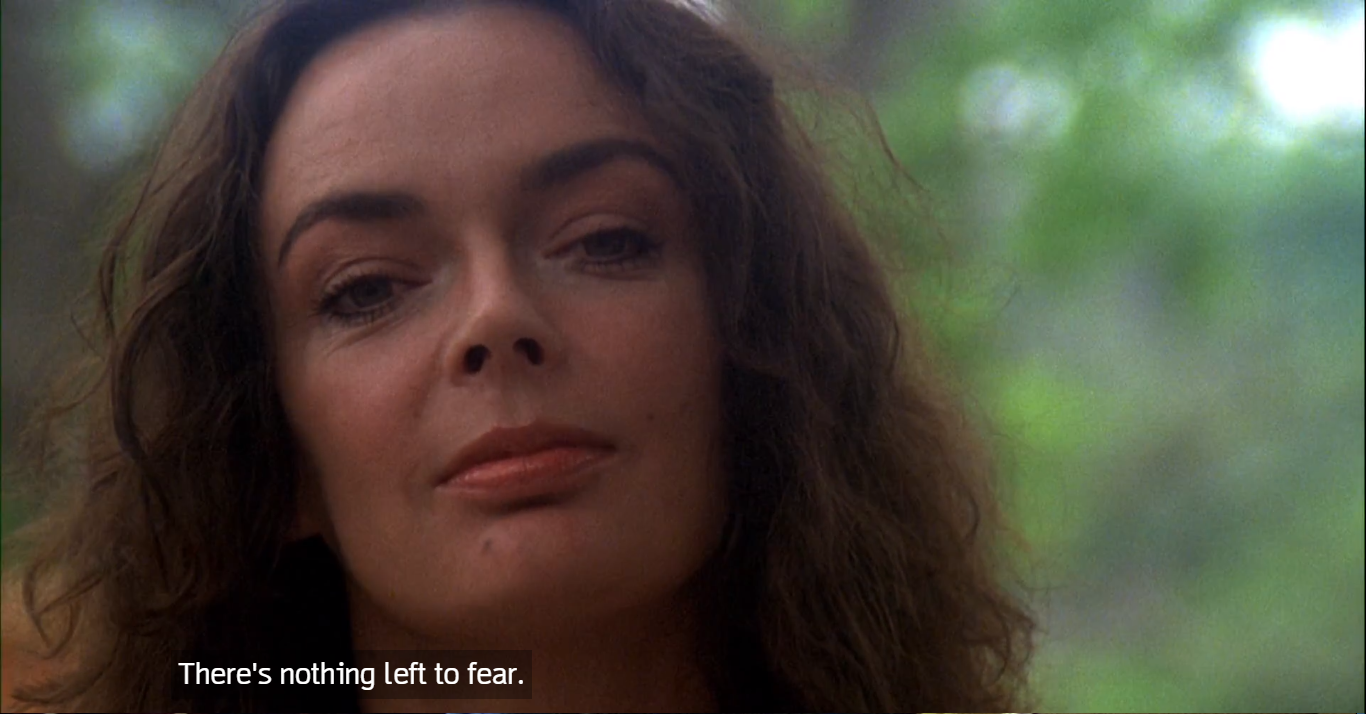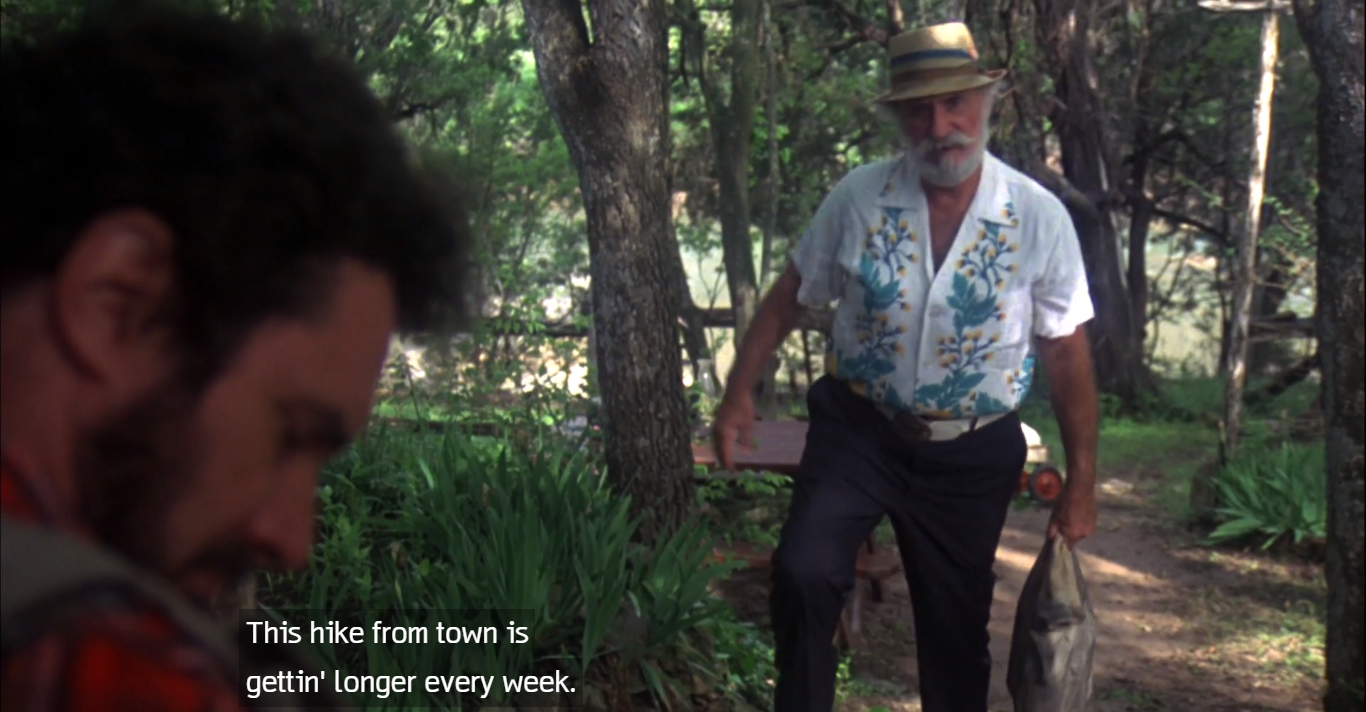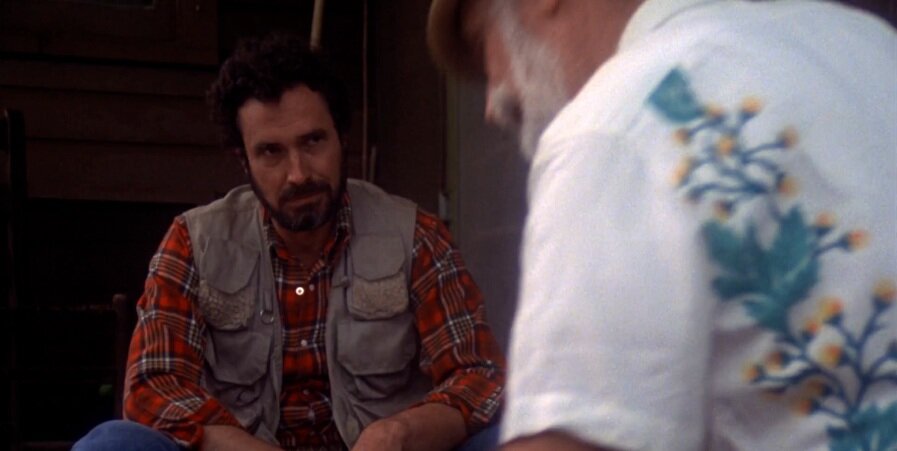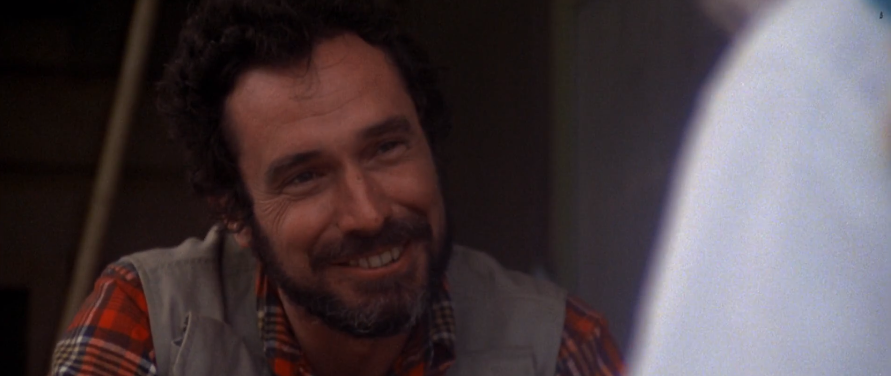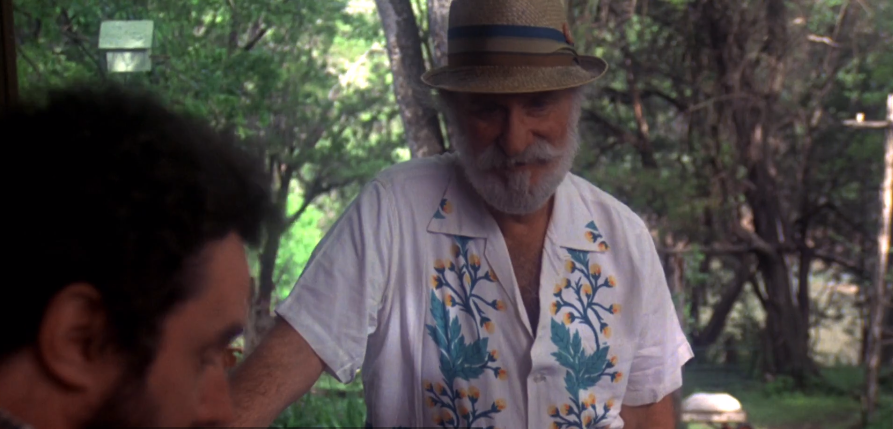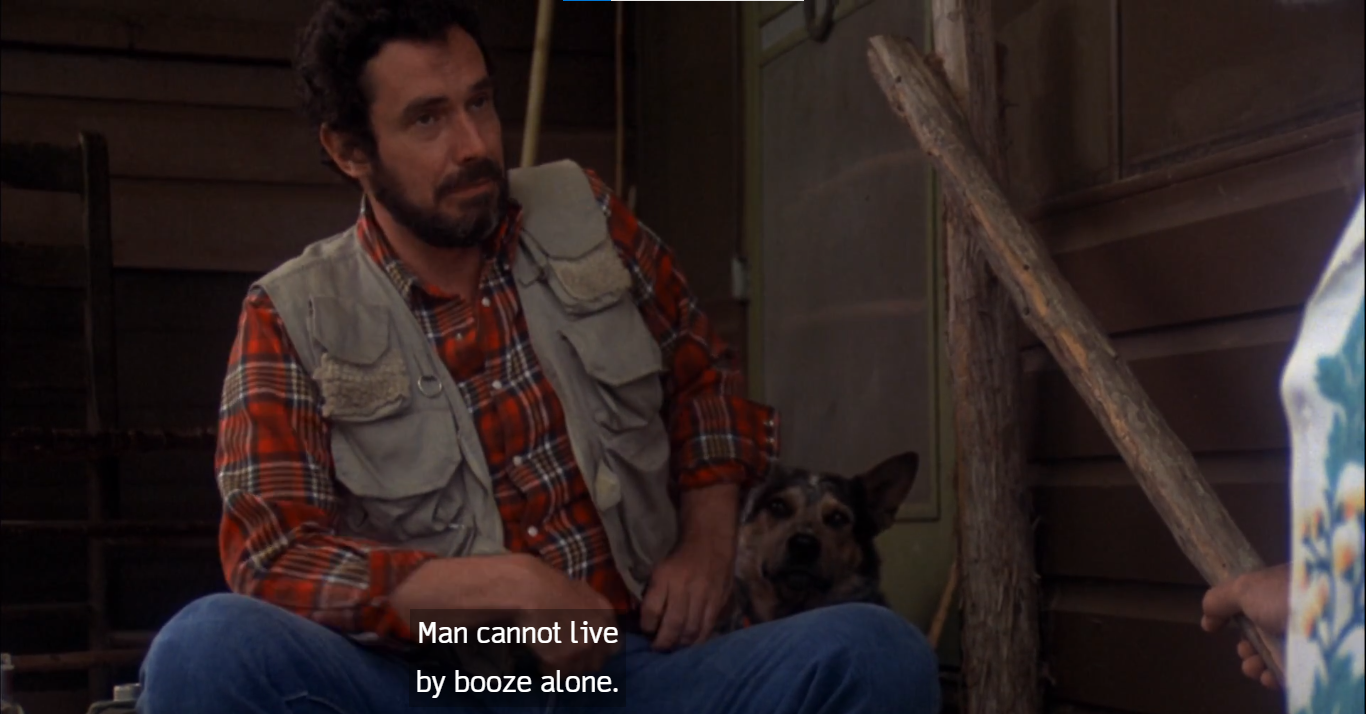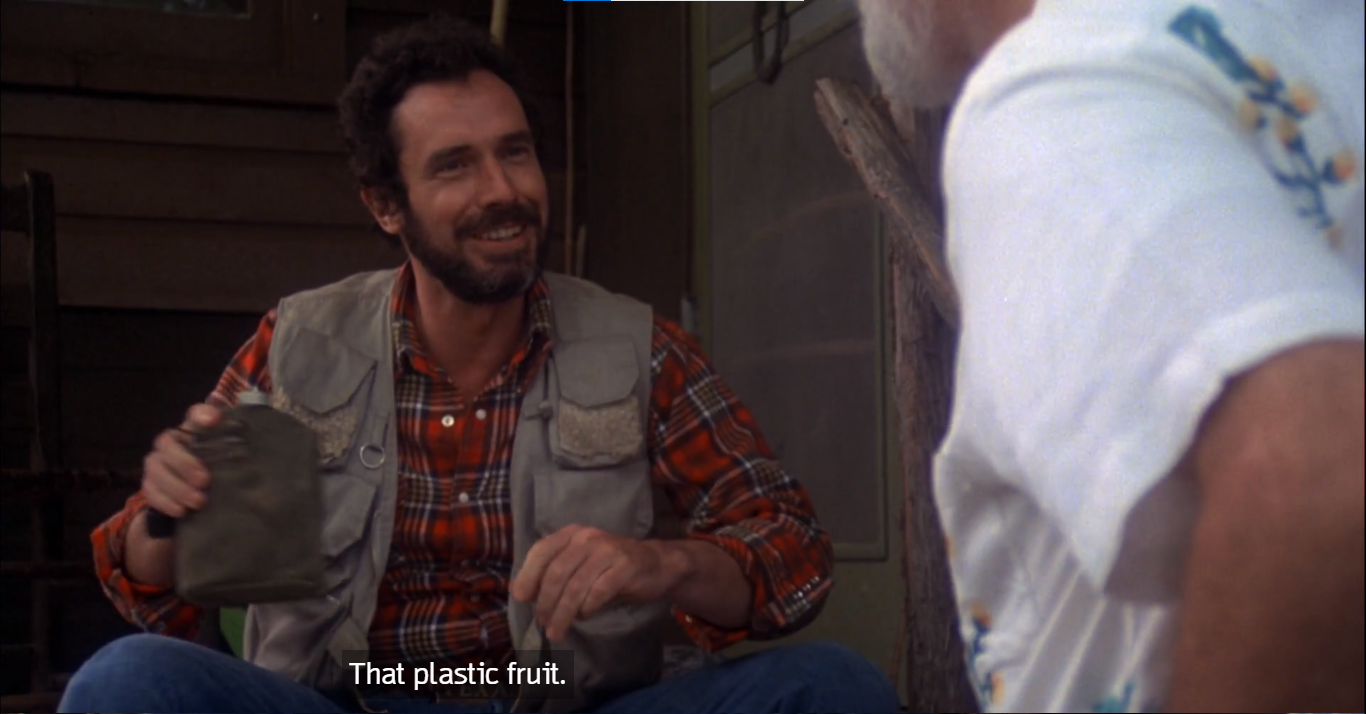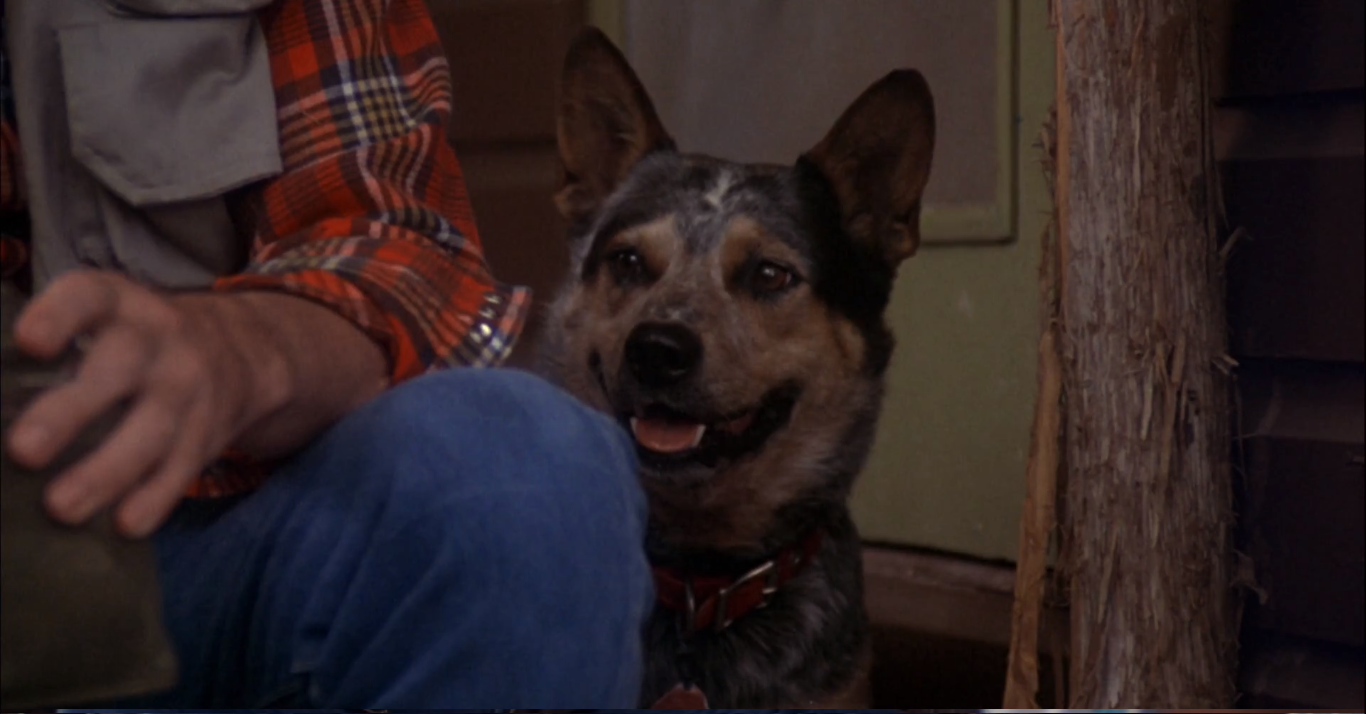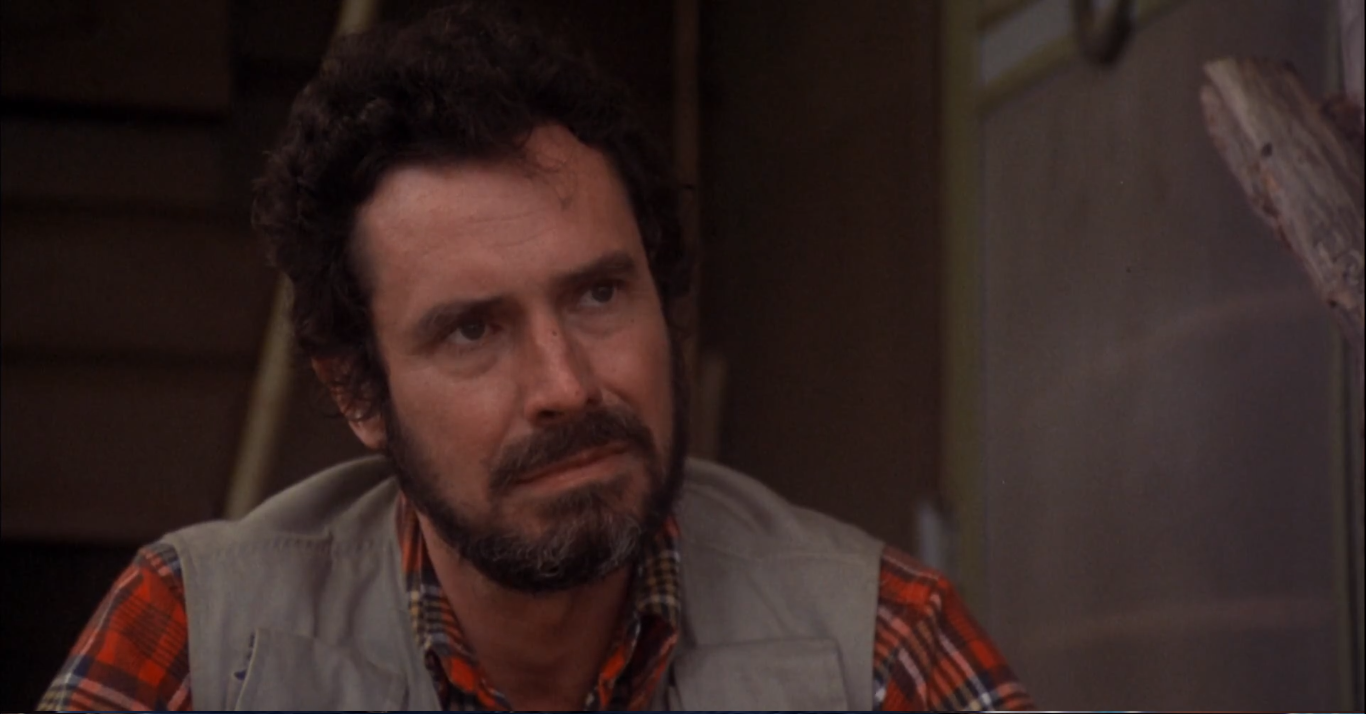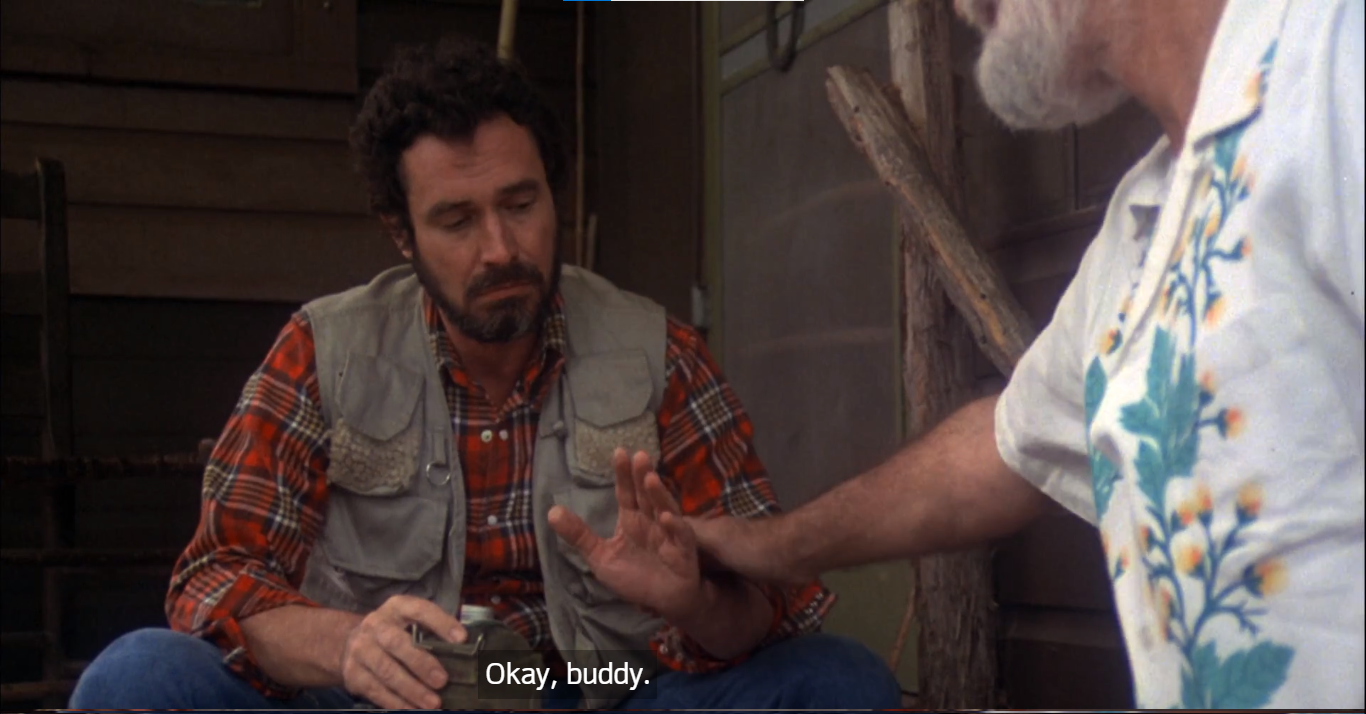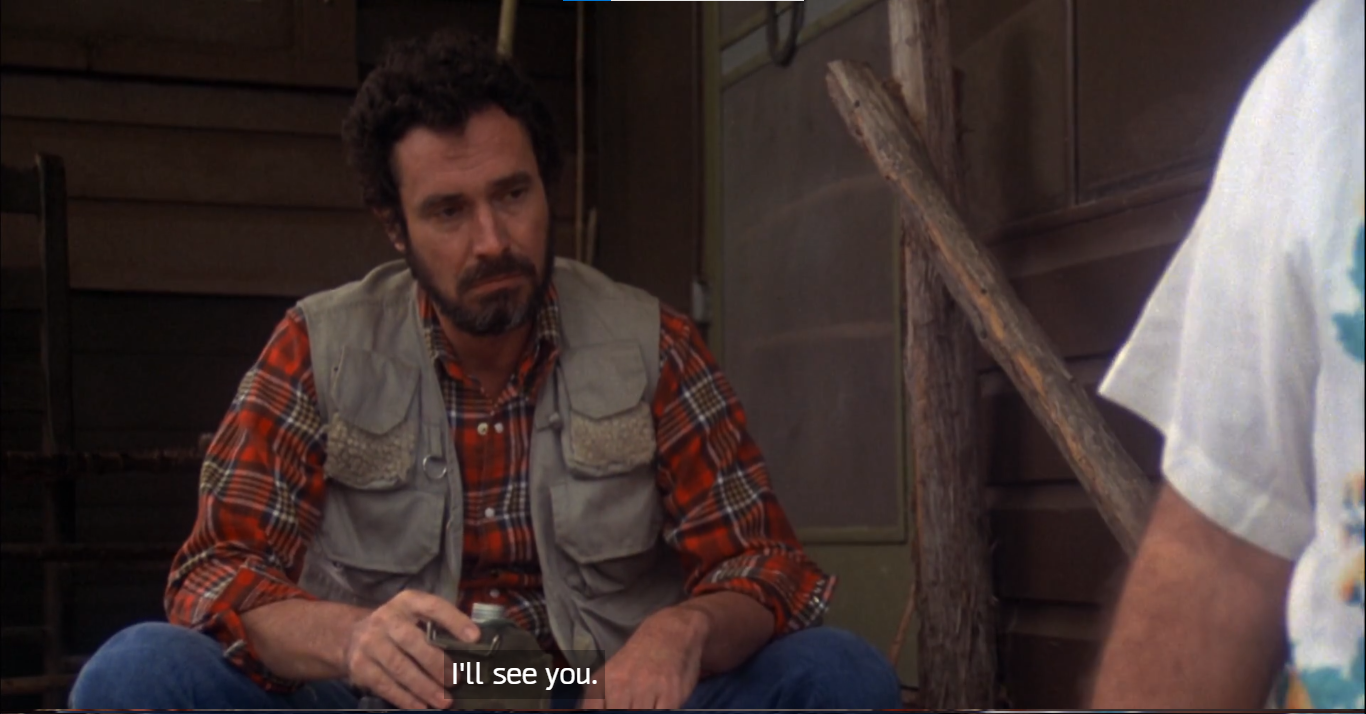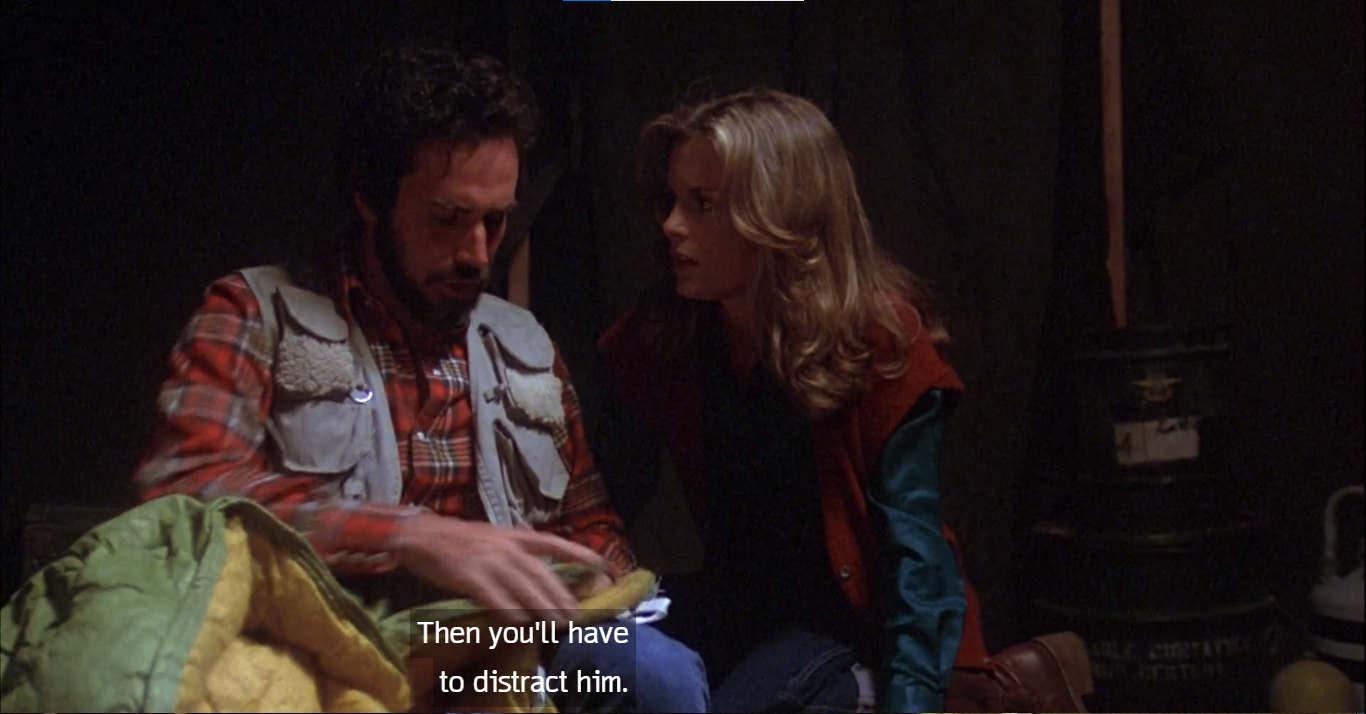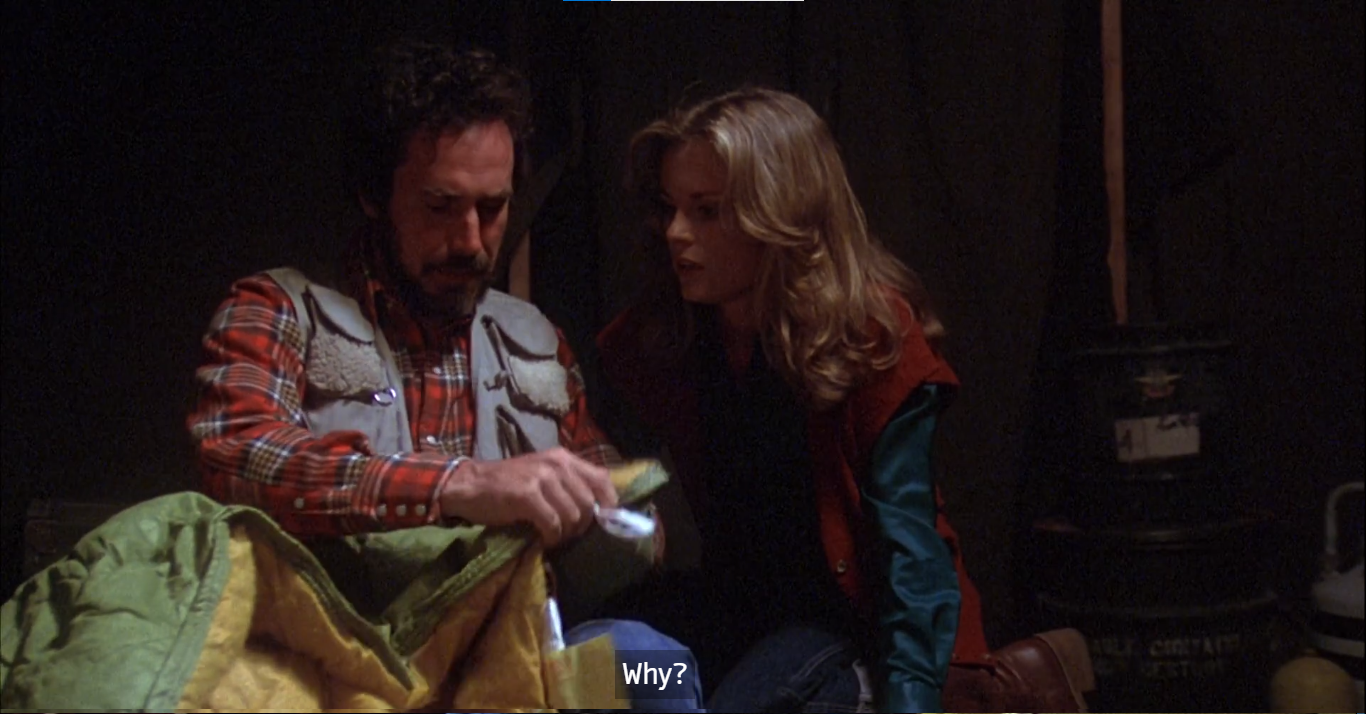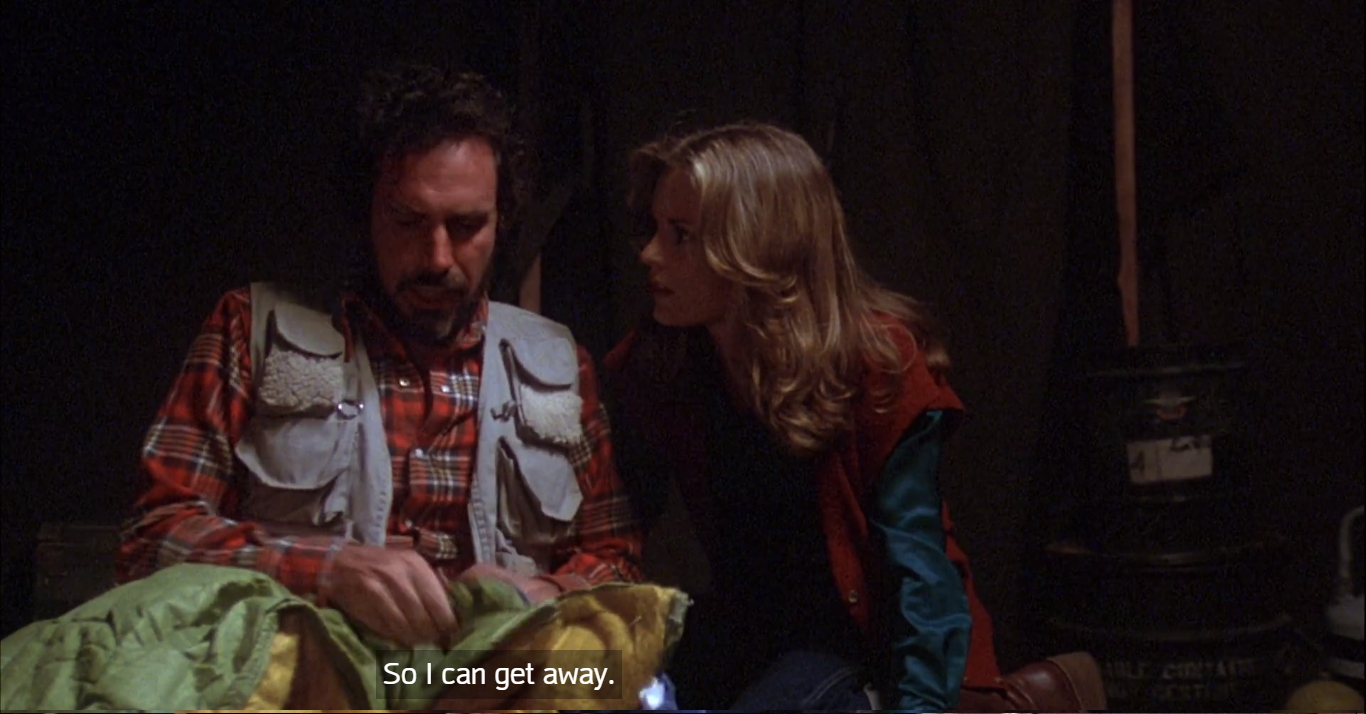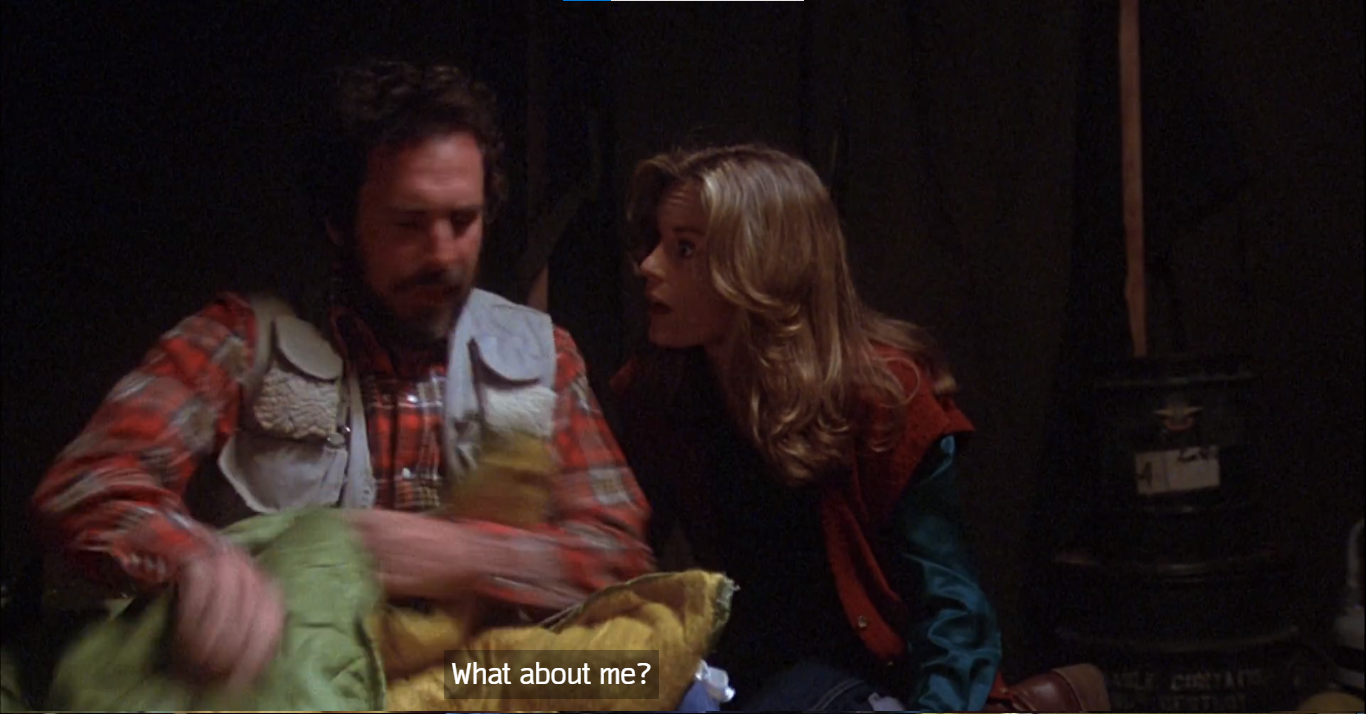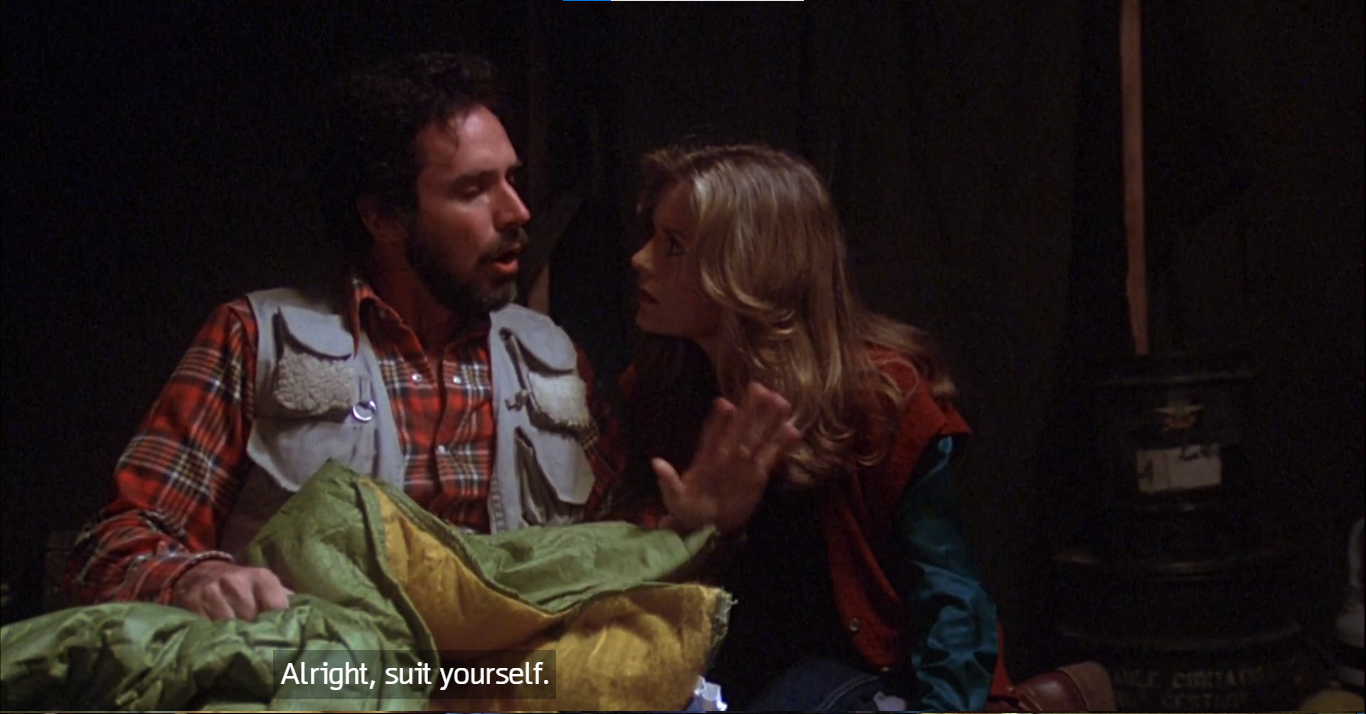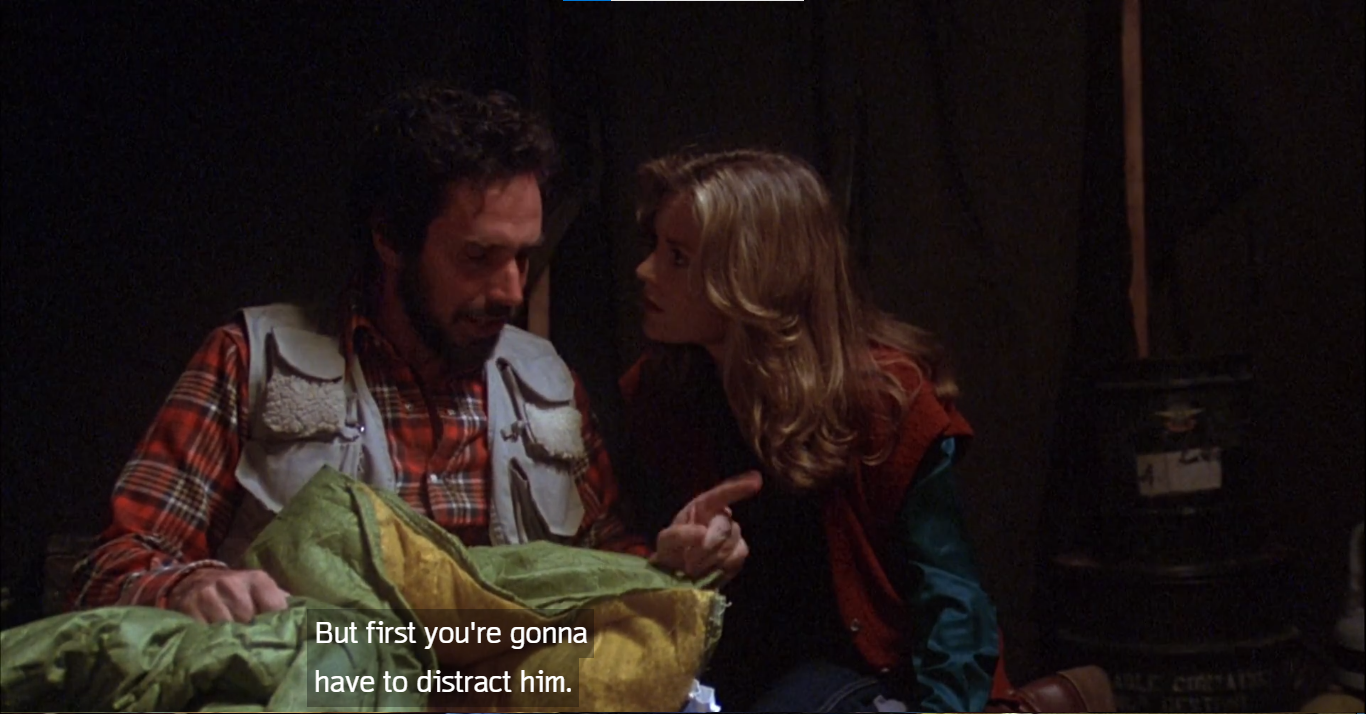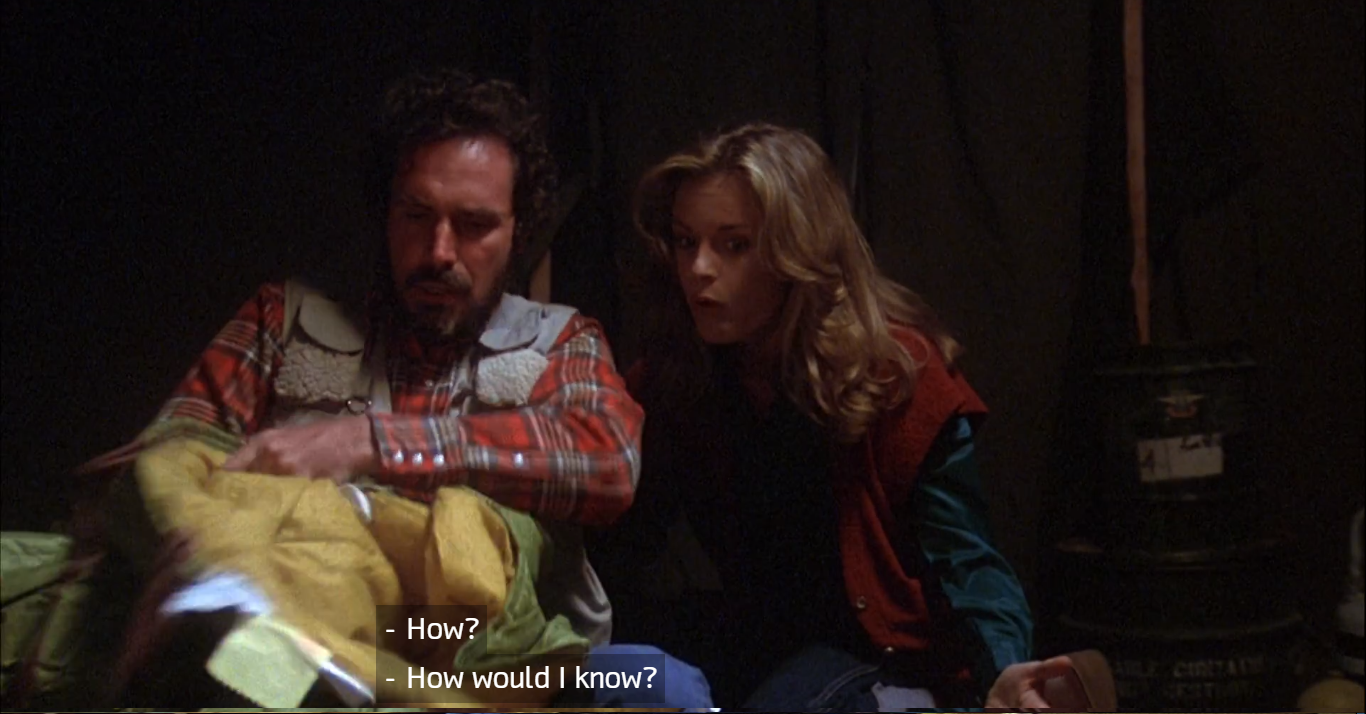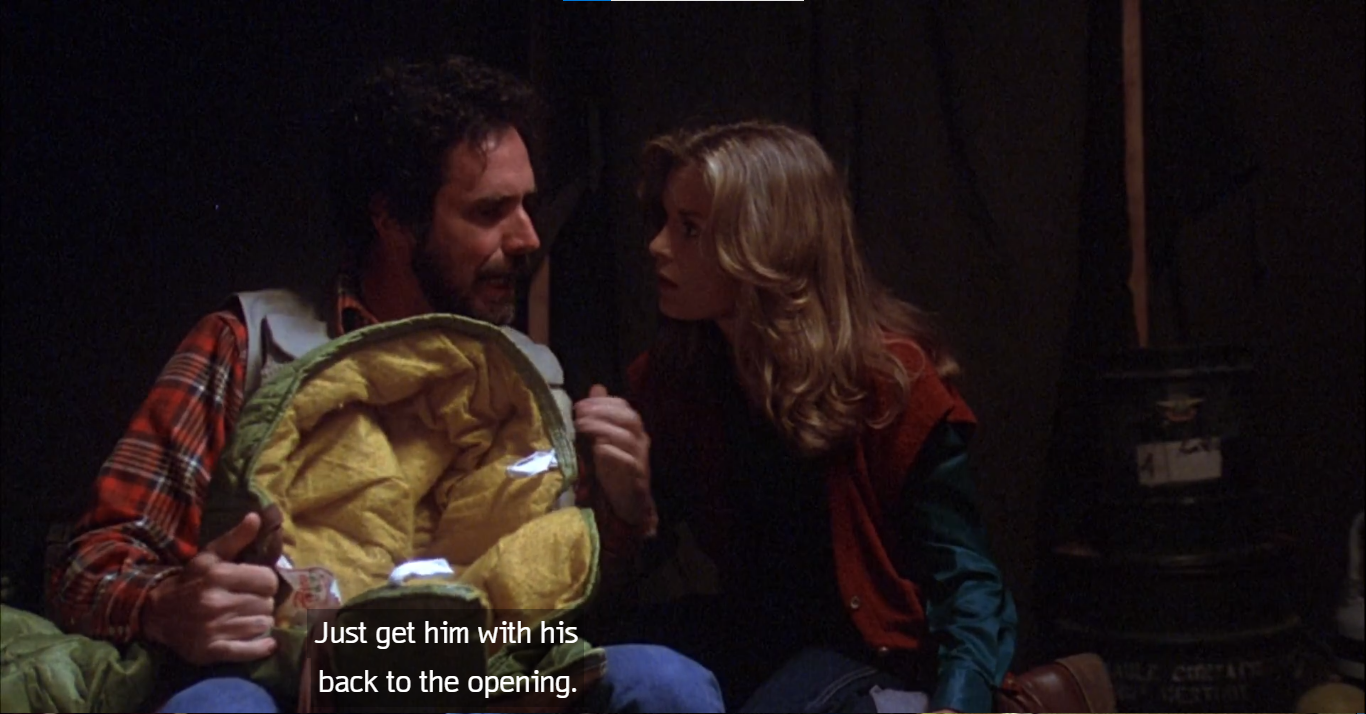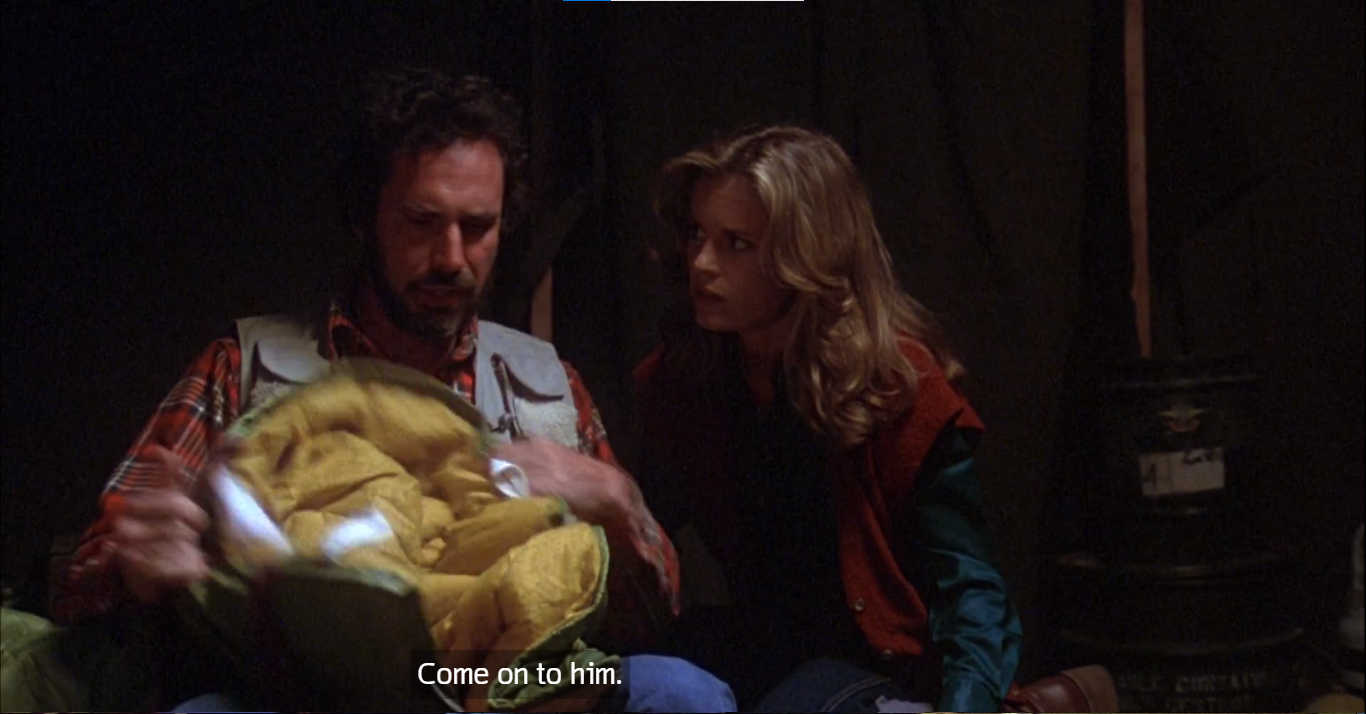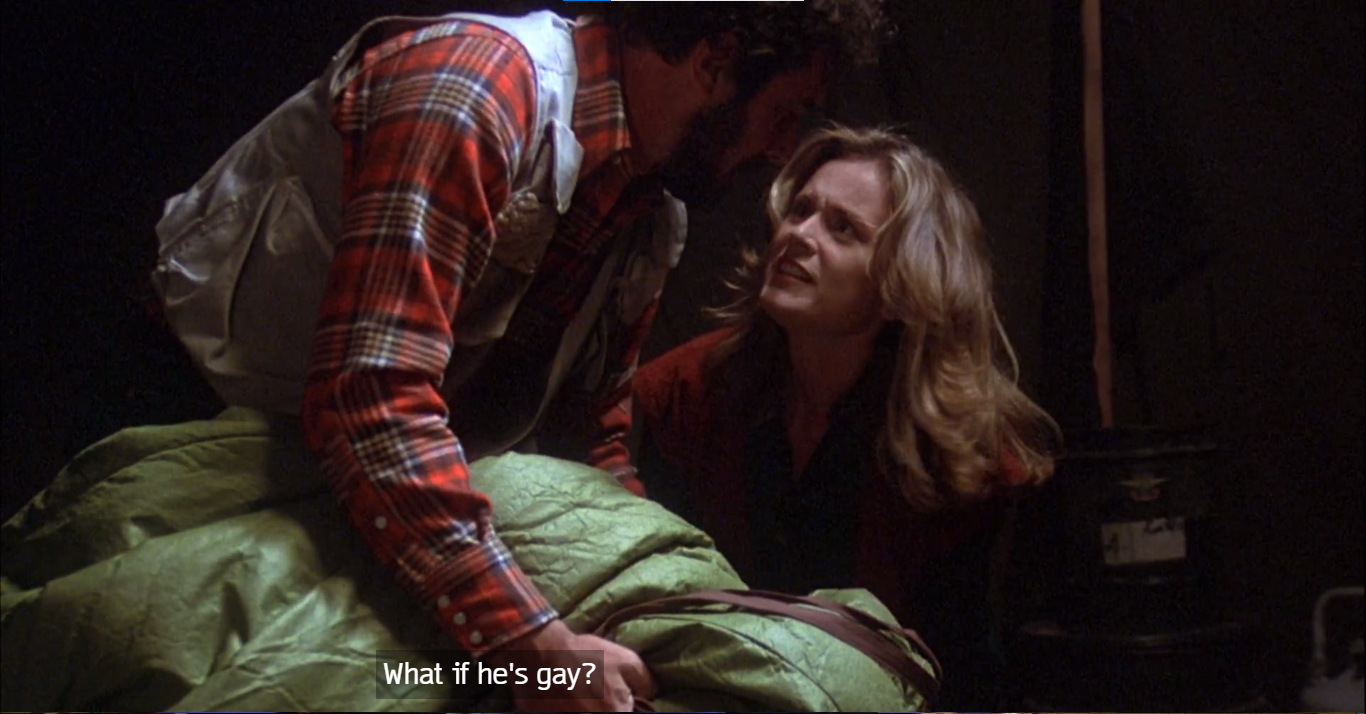The Sinister Fun of Bradford Dillman
“By my reckoning, in over four decades I’ve been personally responsible for the demise of well over a thousand people. Heck, at Jonestown alone my Kool-Aid took out over nine hundred, and I’ve blown up the Queen Mary twice. Heroes are heroes. They pay the single greatest price of celebrity, the loss of privacy. This explains the army of bodyguards employed by some to keep the adoring multitudes at bay. Villains don’t have these problems. Me, I’ve never been bothered in a bar or boite. People can’t be sure I’m not carrying a knife or a gun.”
It is April, the sun is shining, and life is returning to some of our weary bones after what can only be described as a long, harsh winter of total discontent. In short, it’s Aries season, friends; and there is no better time to talk about charismatic villainous virtuoso Bradford Dillman (who would have turned 91 this April 14th). Bradford Dillman was an omnipresent actor in Hollywood for decades with a range that took him from The Actors Studio--debuting on stage with James Dean--and originating the role of Edmund Tyrone in the Broadway production of Long Day’s Journey Into Night to creature-feature horror and endless guest-starring roles attempting to kill the heroes in seemingly every 1960s and 1970s television program. He also kissed an ape in Escape From the Planet of the Apes.
Bradford Dillman is an heir to Peter Lorre and predecessor to Michael Shannon in the spectrum of actors giving us high-caliber sinister charm all mixed up with genuine emotional connection. He had the best evil smile in the business: a bent, slightly twisted smile that promised chaos--or at the very least some premeditated malice. His presence filled up all the empty spaces in every medium he appeared. A particular maximalist specialty of Dillman’s was the extended close-up on his face as it moved through dichotomous emotions--joy to rage; sadness to glee. He was acutely aware of movement in his face and body, but at the same time seemed to understand that he was supposed to provide an experience that was not quite human, more like human+. Why go out quietly, when you can go out screaming, howling, and/or cackling?
One of his early film roles was in Compulsion (1959), dir. Richard Fleischer, a fictionalized retelling of the Leopold and Loeb murder and trial. He played Artie Strauss (Loeb), a petulant 18-year-old rich boy who has never experienced a single consequence in his life and is convinced of his own superior intellect. He is as terrifying as he is charming, and his dominance over his (boy)friend as played by Dean Stockwell is the kind of performance that does not let you look away from it. Certainly not when he can be found carrying on an entire sinister conversation with a teddy bear. He shared the award for Best Actor at Cannes with co-stars Stockwell and Orson Welles (but not the teddy bear, which was a total snub). Compulsion is a film which is at times ethically dubious (for one, the murdered child is given almost zero consideration), but is at all times a work of performer-first filmmaking that builds a tremendous amount of tension, lets its actors run wild, and also contains a classic Welles’ fake nose (and fake eyebags?).
Dillman began as a method actor in important productions™, but since he and his wife Suzy Parker (supermodel; inspiration for Audrey in Funny Face) had a large family together, after she retired, he pivoted to being what he called a “Safeway actor”--anything to put food on the table. This is where he really shines: leaving a legacy of untrustworthy characters with intoxicating charm in every possible kind of film or television production. He was the man to go to for southern gothic werewolves or cult leaders or egotistical supervillains, and also sad dads or sweet dates-of-the-week for Mary Richards, or if you needed someone to play the nephew getting murdered by Uncle Ray Milland in an episode of Columbo. (My kingdom, my kingdom for an episode of Columbo with Bradford Dillman playing the murderer! Come on, Robert Culp and Jack Cassidy--stop being so greedy!)
One such unassuming production that got injected with Dillman was Jigsaw (1968), dir. James Goldstone. Jigsaw is a drug-trip murder mystery of uncommon chaos. (One wonders if even the film stock itself was laced with LSD?) It is also total fun, and perhaps even the platonic ideal of a sinister fun Bradford Dillman performance. He plays a repressed, emotionless scientist who wakes up with amnesia, blood on his hands, and in a room with a dead body. Suffice to say, the plot does later require him to trip on acid for ten minutes so he can remember (that’s how it works). The film was shot as a TV movie, but the content was too hot, so it got a theatrical release instead. Bradford Dillman has a great time, and the film plays up his unmatched ability to depict mania. Aside from the unfortunate use of a gruesome murder of a woman as essentially a plot mcguffin, this film offers perfect 1968 colorful+chaotic vibes.
That same year saw a theatrical release of another American television production with The Helicopter Spies (1968), dir. Boris Sagal, a two-part episode of Man From U.N.C.L.E. edited together as a single film for an international theatrical release. It contains an astonishingly fun performance from Dillman as the leader of a cult called The Third Way. Everyone in the cult (aside from him) is forced to dye their hair white blonde to match The High Priestess, while he wears an entirely white outfit (suit, shirt, shoes). Cult members greet each other by saying, “Keep the faith!” while offering a thumbs up. Naturally, he has plans to take over the world, charms absolutely everyone into believing him (including our two heroes), and goes on scamming. Because it is Dillman, we are never quite sure whether he is maliciously scamming for power and using the cult as a means; or whether he is maliciously scamming for power while actually believing in the cult. Delicious!
It is that level of morally unstable character (to borrow a line from The Naked Spur) that makes even supporting performances in films like Five Desperate Women (1971), dir. Ted Post, so much fun. The titular women are Joan Hackett, Stefanie Powers, Anjanette Comer, Denise Nicholas, and Julie Sommars. They are college BFFS reuniting on a private island cabin after five years--and they are a "mess" (some of them don’t even have husbands or babies yikes!). The chemistry between the women is genuinely perfect, and is a great intersection of heartfelt and camp. What we know, but the women do not, is that a murderous man is currently loose in the area. Naturally, our suspicion falls on Bradford Dillman as the boat captain who ferries them over to the island. He is a real weirdo and alienates them all almost immediately by explaining nutrition and how they clearly do not understand health like he understands it. Bradford Dillman keeps us dancing the whole time on the power of his sinister reputation alone.
This reputation for crafting exceptionally twisted...but fun characters (imagine I am saying that in a Sullivan’s Travels-like “with a little sex in it” cadence) kept him employed for decades. One of his final films was the Roger Corman-produced Lords of the Deep (1989), dir. Mary Ann Fisher. Honestly, this film is weird and freaky--and worth it for the wild camera work and special effects alone. It opens with a title card letting us know the year is 2020, and “Man has used up and destroyed most of Earth’s resources.” *gulp* Bradford Dillman is the good company man who commands a huge corporation’s experimental underwater habitat. He is a sinister capitalist who will see everyone dead before losing a drop of profits. He slithers around saying things like, “Are you imPLYING that I would endanger the lives of MY crew?” and “We used to have a thing called an Ozone, Jack. Remember? ... You idiot.” It had been thirty years since Compulsion, and he had not lost an ounce of his ability to terrify and charm in equal measures.
These five films I have picked practically at random, and they do not even begin to touch on the levels of delight to be had in Bradford Dillman’s 40-year, 142-credit film and television career. (These five are all available on streaming, however. I would especially give a look toward searching these titles on YouTube, ahem.) You can choose any one of his 142 performances and find something to shock, awe, and/or entertain you.
And, he certainly did not always play the bad guy (not even in all of these five films), but just as his villainy was multifaceted--his goodness was complicated. Suspicious, dark, twisted and bent like his famous smile. The man knew how to show us a good time.
originally published on The Classic Film Collective on 04/05/2021.
-Meg
Piranha (1978): “Terror, horror, death. Film at eleven.”
Piranha // dir. Joe Dante // United States
Piranha // dir. Joe Dante // United States
okay, I loved this movie. I am actually shocked how much I loved it. It was actually really…great?
Earlier, for reasons, I was rereading the obituary post I wrote for Bradford Dillman in 2018. I quite like this bit of writing actually. I feel like it articulates with sincerity and earnestness my appreciation in a way that feels personal to me. After reading it, I had to watch something with The Dill Man. Piranha had been circling around in my brain for a while, and it seemed like I was finally ready. I have spent the last few years watching (admittedly mild) horror films with Malakie and Paul, and I feel like I have become inoculated to the blood and guts and gore more than I ever was previously.
Piranha’s time had come.
(some mild spoilers may appear in this post, but nothing too wild)
This is actually my first Joe Dante movie. For some reason, in my mind, I had considered myself a fan of his work, and now I am realizing that probably just stems back to TCMFF 2014, and sitting in the audience while he introduced a 35mm screening of the original 1956 Invasion of the Body Snatchers (Martin Scorsese’s personal print). He talked and shared stories and it was fun time. I cannot remember a single story or anecdote he shared, but I do remember him talking about working with Kevin McCarthy—a very cool actor I have loved since I was kid.
In this film, Kevin McCarthy has possibly greatest screen entrance I have ever seen. This is literally his first shot in the film:
Literally always going for it. That’s one of the big reasons this film works so well, because it is filled with a collection of pros who know what needs to be done. I will talk a bit more about my beloved Bradford Dillman in a bit, but also here we have Heather Menzies—an actor I primarily associate in my brain not with The Sound of Music, but with this one incredibly off-putting character in an episode of Alias Smith and Jones. She is a lot of fun here as a “skiptracer” out to find two missing youths who have disappeared (got piranha’d in the opening scene). She is resourceful, and indomitable, and quite brave. She’s also the person Kevin is screaming at in his entrance, as she unfortunately is responsible for the piranhas getting loose in the waterways. ooops.
Also of note, Barbara Steele is glorious as an absolutely terrifying military-adjacent scientist. When she stares right at the camera and says the film’s final line, “There’s nothing left to fear,” I felt that chill running up my spine.
I also loved seeing a favorite Keenan Wynn popping up for a sadly short-lived role. What an evergreen performer he is in every film. I especially enjoyed the very sweet dynamic between him and Bradford Dillman. In those two, you have two actors used to creating something out of nothing—and, in this film, they are enjoying having a little something together. (also, I really like Keenan’s shirt in this scene. I would like to own it.)
This, I suppose, brings us to Bradford Dillman. oh, how I love his work. And, oh, how perfectly he fits into this film’s somewhat straight-faced anarchy. This could have easily been very stolid in the hands of another 1970s B-actor. But, not in the hands of the owner of the best evil and/or bent smile in the business. What a charismatic joker.
He never offers half-measures, and every performance is interesting and fully-realized. He may have sometimes been given characters who were not interesting or fully-realized on script, but they never made it to the audience that way.
He could work his craft, but instead he often seems to want to twist his craft. A serious, trained ac-tor, he knows how to create achingly real human characters, but sometimes he seems to say, I can give you human reality, but why take that when I can give you realityish, you know, human+ ?
He reads this film so well. He brings both empathy and a transcendent twinkle to play inside the lines of Joe Dante’s often quite satirical work. There is the pre-piranhas quiet desperation, the frantic concern to make things right and protect his daughter, and the genuine grief and tears over the death of a friend. There is also the perfect understanding about just how ridiculous this all this. He and Heather Menzies have very good chemistry and fun rapport from the very beginning.
“Whitney: The piranhas...
Buck Gardner: What about the goddamn piranhas?
Whitney: They’re eating the guests, sir.”
The most unexpected delight in this movie for me was its absolutely unsubtle political messaging. I hits well for me, because I love a social-minded horror. One of the main targets of this film is the US military and the war+death complex. Turns out the ravenous, mutant killer fish were created by the US military to use against the Vietnamese. When the US were defeated and the war ended, the program was scrapped. The fish survived, because scientist Kevin McCarthy couldn’t bear to stop the good times and see his creations destroyed, and as Barbara Steele notes quite cheerfully, “There’s always going to be another war.”
Also targeted are the police (the domestic arm of the war+death complex), corrupt politics, corrupt business, consumerism, inhumane news practices, and adults who bully children. Each of these are responsible for the death and destruction. Each safeguard crumbles immediately in service of big money and big war…or just in service of belittling and bullying children. Some end righteously piranha’d, and others end the film with no consequences and no limits made on their power.
It is only individuals banding together in community to protect each other who do any good.
Also, speaking of individuals trying to do good, I have so many questions about the little walking piranha lizard that spends the entirety of the early lab scene skulking around unnoticed by anyone, but observing everyone and everything. I was convinced this would be ultimate saviour of the film, yet it is never noted by anyone or mentioned ever—nor is it ever seen again. WHAT DOES IT MEAN. THE PEOPLE WANT TO KNOW.
Me when you say, “Keanu Reeves seems like such a nice guy…”
“…but he’s a terrible actor. lol”
Another creature I would like to know a little bit more about is this little Godzilla fish in a tank who seems to respond to Heather Menzies’ disgust with an expression that can only be read accurately as, “Same to you lady!”
Incredibly, we almost never see any actual piranhas in this film. Instead, most attacks are first from a very funny, but also absolutely unnerving Jaws-like piranha view of the human victim and then just wild splashing, freaky trilling noises, and blood. lots o’ blood.
The true villains and obstacles in this film are less the mutant killer fish—and more the rich and powerful killer structural systems.
The need to escape military guard did necessitate this perfect exchange with some all-time Dillman line-readings, and some excellent reaction work from Menzies.
I think this film may have delighted me so thoroughly because I was just expecting some late ‘70s exploitation Jaws-knock-off with Bradford Dillman playing the Dr. Frankenstein. But, he didn’t create these monsters. He was just chilling! Trying to figure out his life on unemployment (after getting laid off), before it runs out and he needs to find a new job (who among us!). He has a convenient raft, because he built it with his daughter while they read Huck Finn! (raft in river bad idea tho as it turns out) As Emmy said when I insisted on live-messaging her throughout the film: “We love a Dadford Dillman!” Really, I can’t think of a better place to end this post than that borrowed line.
A fun movie, and I quite recommend it if you can handle a bit o’ gore that is mostly easy to glance away from as needed. I have only scraped the lightest bit of the surface of this film. So many other wild, and fun, and WILD things happen throughout!
I have to tell you, I wrote out the most wonderful and complete post. It was divinely inspired. I felt like everything was clicking along perfectly. Two hours later, I go to hit publish—AND THE COMPUTER GLITCHES AND EVERYTHING IS LOST DRAFT AND ALL. So, this is me just writing scraps at 3AM—typing with no small amount of rage. Once I write something out about a movie or talk it out with someone, it’s lost to my brain. I can’t get it back. Only vague notes of it. I couldn’t even begin to just retype it. So I just wrote little bits here and there of new, worse words. RIP Piranha post that read like poetry hope you’re in a better place. 💔

